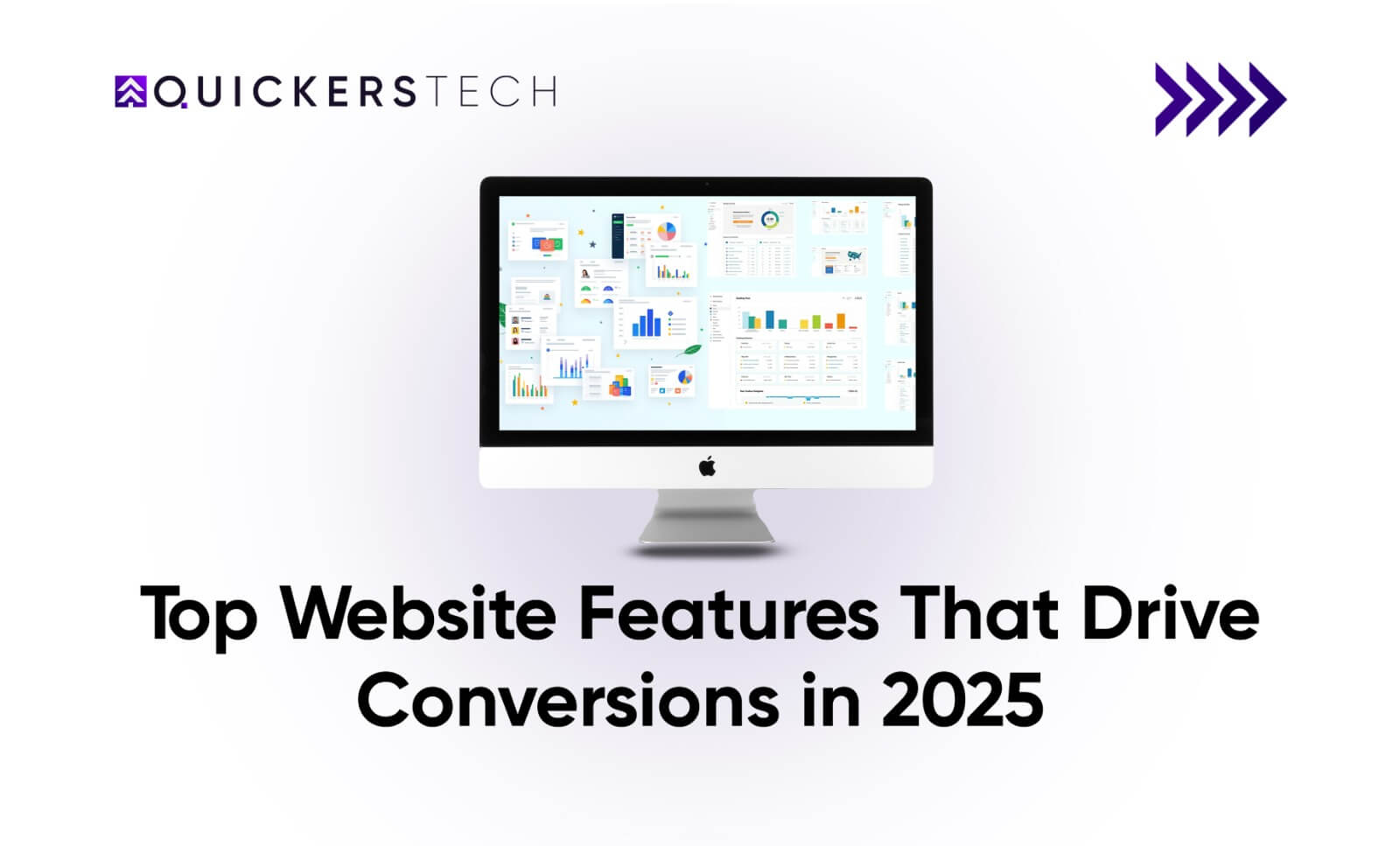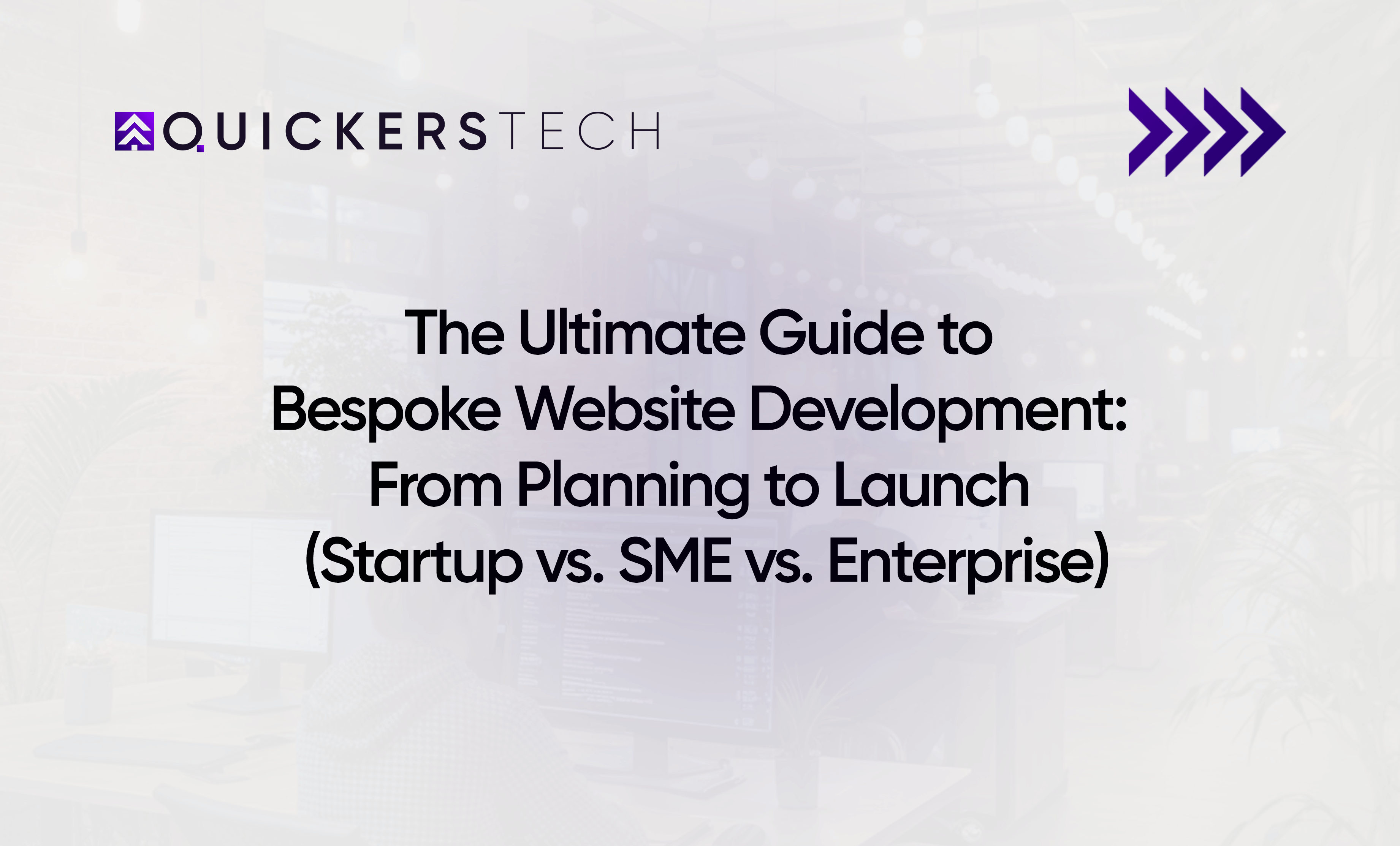Contents
- 1 Top 10 Advantages of a Responsive Website
- 1.1 1. Seamless Experience Across Devices
- 1.2 2. Faster Loading Times
- 1.3 3. Enhanced Usability and Navigation
- 1.4 4. Stronger Brand Credibility
- 1.5 5. More Conversions, More Revenue
- 1.6 6. Simplified Site Management
- 1.7 7. Broader Reach to Mobile-First Users
- 1.8 8. Ready for New Tech and Devices
- 1.9 9. Accessibility and Inclusion
- 1.10 10. Clean Layout and Consistent Design
- 2 Quick Benefits Snapshot
- 3 Technical Checklist for a Truly Responsive Website
- 4 FAQs: What People Ask About Responsive Websites
- 5 Final Thoughts: Build Smart with the Right Features
In 2025, a business website is not just a digital space. It’s your brand’s face, a key way for customers to connect, and often your strongest sales tool. If your website works well on desktops but fails on mobile or tablets, you could lose attention, trust, and revenue.
Enter responsive design.
Responsive websites adjust to various screen sizes. This ensures all users enjoy a great experience. Whether you’re starting from scratch with bespoke website development or hiring responsive website development services, a responsive site is essential in today’s multi-device world.
Let’s check out the top 10 advantages of a responsive website. We’ll include real-life examples, visitor benefits, and useful insights.

The data revealed that around 96.3% of internet users access the internet using a mobile phone of some kind.
Top 10 Advantages of a Responsive Website
1. Seamless Experience Across Devices
Imagine a customer browsing your website on their smartphone during their commute. Later, they switch to a desktop to complete their purchase. Without responsive design, their journey can turn frustrating. They may encounter slow loading times, broken elements, and entirely unreadable fonts. However, a responsive website transforms this experience. The transition becomes seamless, intuitive, and beautifully consistent.
Why it matters:
Layouts adjust automatically to every screen size—mobile, tablet, desktop
Fonts resize dynamically for clear readability
Navigation menus and buttons are optimized for touch
Responsive design ensures that users never feel like they’re visiting a different or broken site. It offers a fluid, high-quality journey regardless of the device.
2. Faster Loading Times
A slow-loading website is a silent killer. Users abandon sites that take too long to load, especially when using mobile devices. Responsive websites are designed to be fast, removing the unnecessary elements that slow down performance on smaller devices.
How responsive sites load faster:
Lightweight image files tailored for mobile screens
Optimized code using clean CSS and HTML structures
Reduces or defers non-critical scripts on mobile devices
A 1-second load time can lead to 5x more conversions than a 5-second one. Even a 0.1s improvement boosts mobile conversions by 8.4%. Fast load = more revenue.
3. Enhanced Usability and Navigation
Great websites are easy to use. Responsive design ensures that your users get a smooth experience, no matter how they interact – whether they tap with a thumb or click with a mouse.
Features that improve usability:
Buttons sized for finger taps, not mouse clicks
Menus designed for one-handed use on mobile
No pinch-zooming required to read content
Sticky headers, collapsible menus, and swipe-friendly sliders create easy touch interactions. This makes browsing more fun.
4. Stronger Brand Credibility
Your website is often the first impression a customer has of your brand. A cluttered, non-responsive site signals carelessness. But a clean, responsive design tells visitors:
You care about quality and detail
You’re modern and forward-thinking
You value their time and experience
In short, responsiveness enhances your reputation before a word of your pitch is ever read.
5. More Conversions, More Revenue
Good design equals better results. Responsive websites create seamless pathways from the homepage to the checkout or inquiry form.
Conversion-driving advantages:
Clear CTAs that are visible on every screen size
Shorter click paths with an intuitive layout
Forms that work flawlessly on mobile devices
Responsive sites reduce friction and increase action. This is true for selling products or booking appointments.
6. Simplified Site Management
With responsive design, you only need one website. There’s no need for separate mobile and desktop versions. That means:
One set of updates covers all devices
No duplicated content to manage
Lower development and maintenance costs
For small teams or solo entrepreneurs, this is a game-changer. You save hours each week and skip the hassle of syncing different versions.
7. Broader Reach to Mobile-First Users
Most people now browse the web using mobile devices. If your site is not optimized for phones and tablets, you risk losing valuable visitors and potential customers.
Why mobile-first reach matters:
Works even on low-end devices with older OS versions
Aligns with how people shop, search, and interact today
Crucial for e-commerce, bookings, media, and more
Responsive design ensures no user is left behind.
8. Ready for New Tech and Devices
Responsive design isn’t just for today’s screens—it’s a future-ready approach. As new devices emerge—foldables, smart TVs, tablets with keyboards- your site automatically adjusts.
This means:
No need to rebuild for each new screen type
Better performance on hybrid and future form factors
Less tech debt over time
Responsive websites protect your investment and adapt with technology.
9. Accessibility and Inclusion
Inclusive design is no longer optional. A responsive site is good for users with visual impairments, limited mobility, or cognitive challenges.
Accessibility features:
Compatibility with screen readers and accessibility tools
Adjustable font sizes and color contrasts
Clear layout that avoids confusion or disorientation
Responsive design ensures WCAG compliance. It also shows your brand cares about all users, not just the easy ones.
10. Clean Layout and Consistent Design
A responsive layout means your brand visuals remain crisp and consistent across devices. No stretched logos. No overlapping text. No cut-off buttons.
Design benefits:
Unified experience across screen sizes
Clear visual hierarchy and branding
Fewer chances of UI/UX bugs and clutter
Your site looks trustworthy, professional, and put-together on every screen, every time.
Quick Benefits Snapshot
| Advantage | Impact |
|---|---|
| Device Compatibility | Engages users across all screens |
| Load Speed | Boosts retention and satisfaction |
| Navigation | Enhances user comfort and accessibility |
| Brand Trust | Increases professionalism and credibility |
| Conversion Rates | Drives leads, sales, and inquiries |
| Maintenance | Reduces time, effort, and costs |
| Audience Reach | Connects you with modern users |
| Future Device Readiness | Keeps your site scalable and safe |
| Accessibility | Opens your site to all audiences |
| Consistency | Protects brand experience across devices |
Technical Checklist for a Truly Responsive Website
Before launching or redesigning your website, make sure it covers these responsive essentials:
- Uses flexible grids and CSS media queries
- Scales images and media fluidly to fit any screen
- Keeps font sizes and line spacing readable on all devices
- Features mobile-friendly buttons and menus (easy to tap)
- Hides or reorganizes non-essential desktop elements on mobile
- Loads fast on 3G/4G networks (lightweight code and images)
- Is tested on real devices—phones, tablets, laptops
- Supports touch gestures and screen orientation changes
- Maintains visual consistency across browsers and screen sizes
FAQs: What People Ask About Responsive Websites
Q1. What are the advantages of a responsive website?
A responsive website works on all screen sizes. It boosts user experience, increases conversions, and lowers maintenance costs.
Q2. Is responsive design better than having a separate mobile site?
Yes. A responsive site is easier to handle. It keeps branding consistent and saves money on long-term maintenance.
Q3. Do responsive websites cost more to build?
At first, yes. But they save money later on. This is due to less maintenance, better user engagement, and improved performance.
Q4. What industries benefit most from responsive design?
E-commerce, real estate, healthcare, professional services, SaaS, and hospitality are just a few examples. These are all industries where users access the site on mobile devices.
Final Thoughts: Build Smart with the Right Features
A responsive website isn’t a technical trend; it’s a necessity for modern business. No matter if you’re growing an online store, marketing a service, or creating a global brand, your website needs to work for every user and every screen.
Choosing custom website development with top website features or expert responsive services from a trusted brand like Quickers Tech gives you a strong, future-proof foundation. This approach saves time, builds trust, and drives results.












